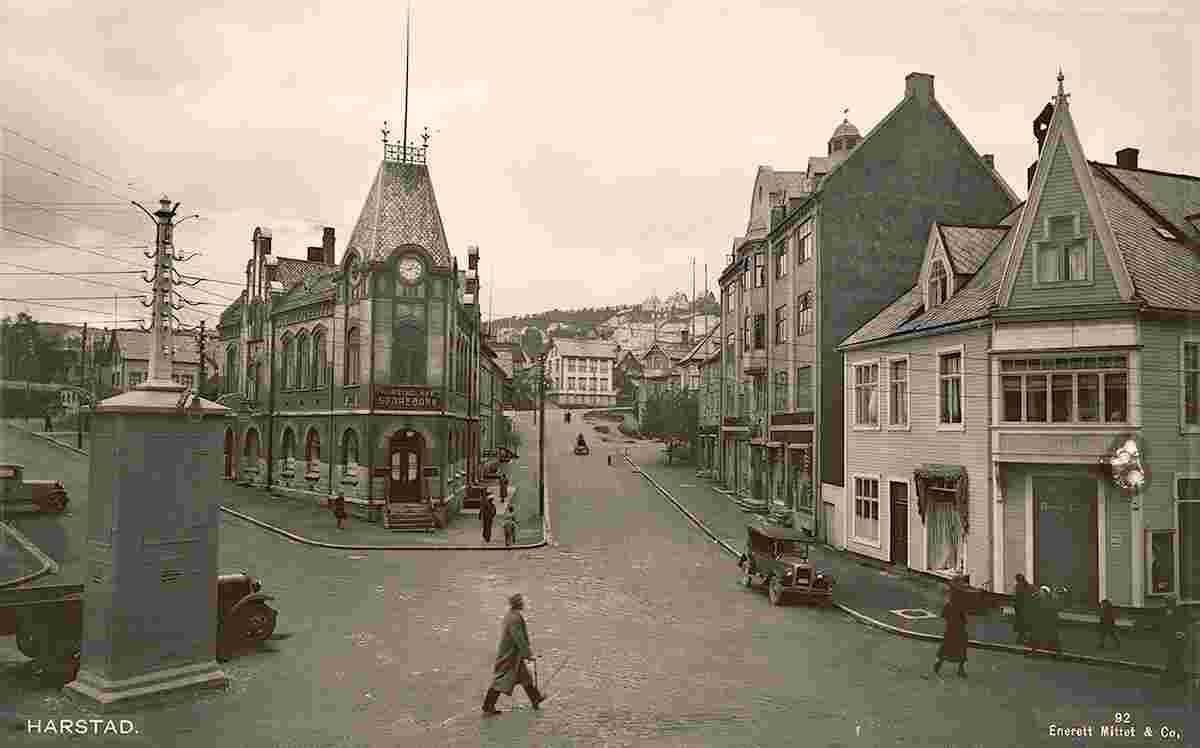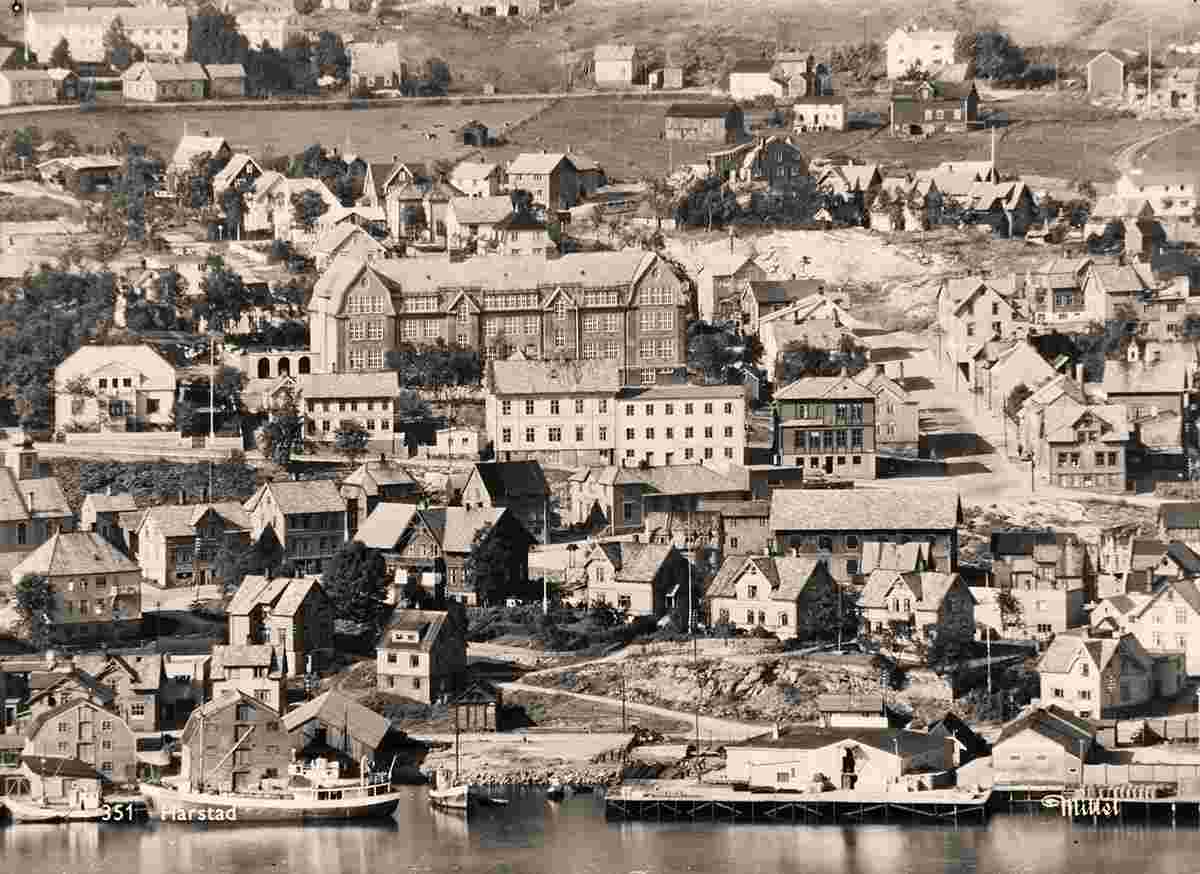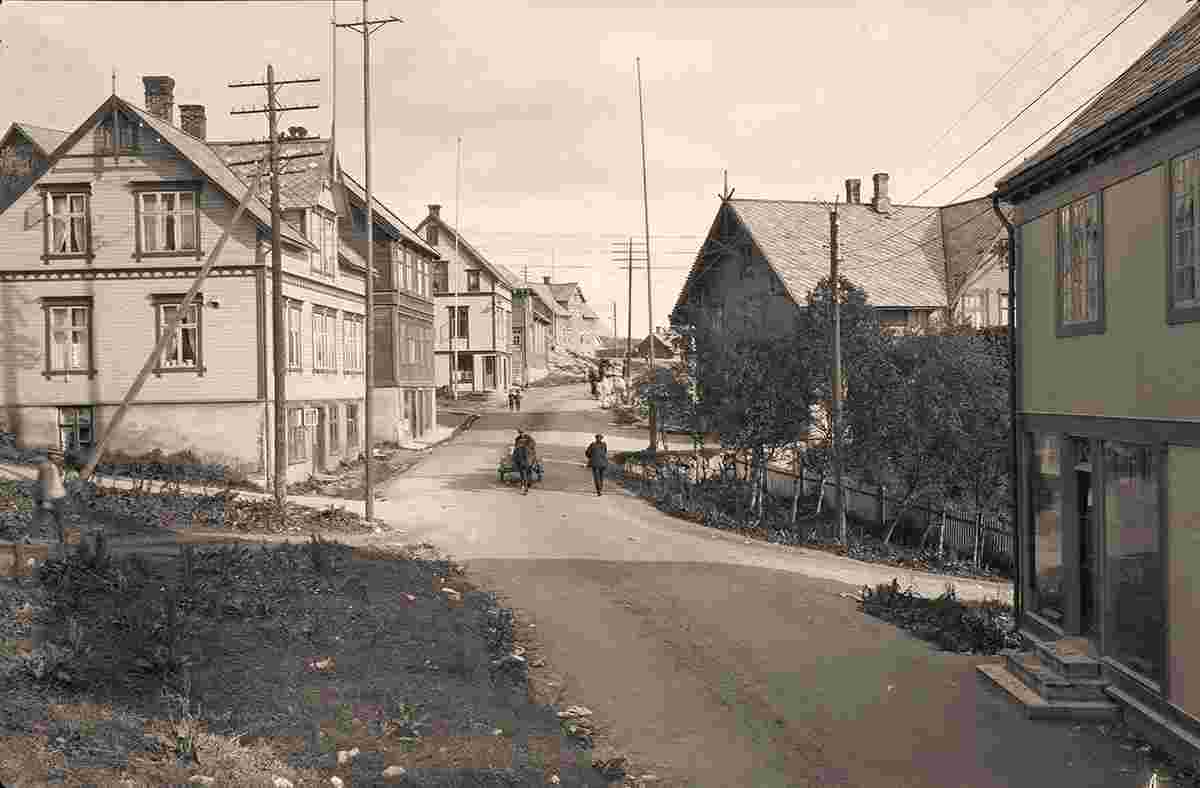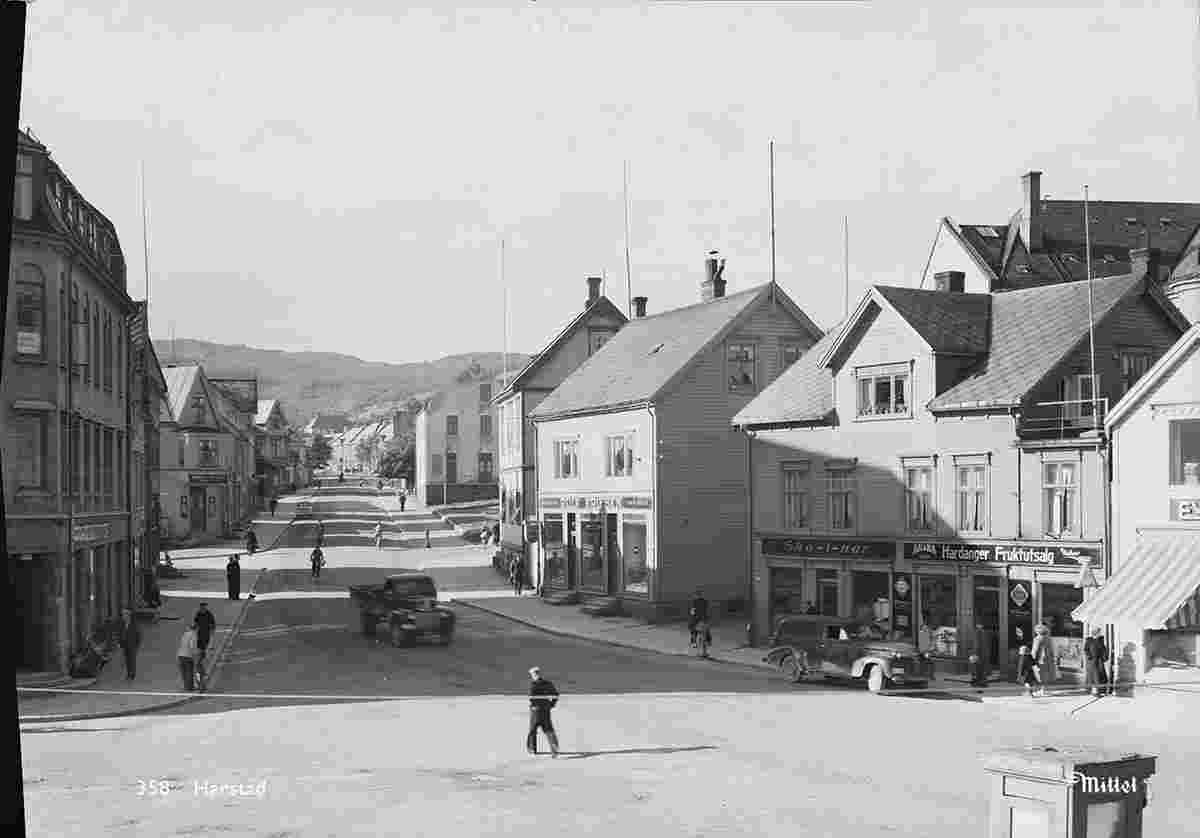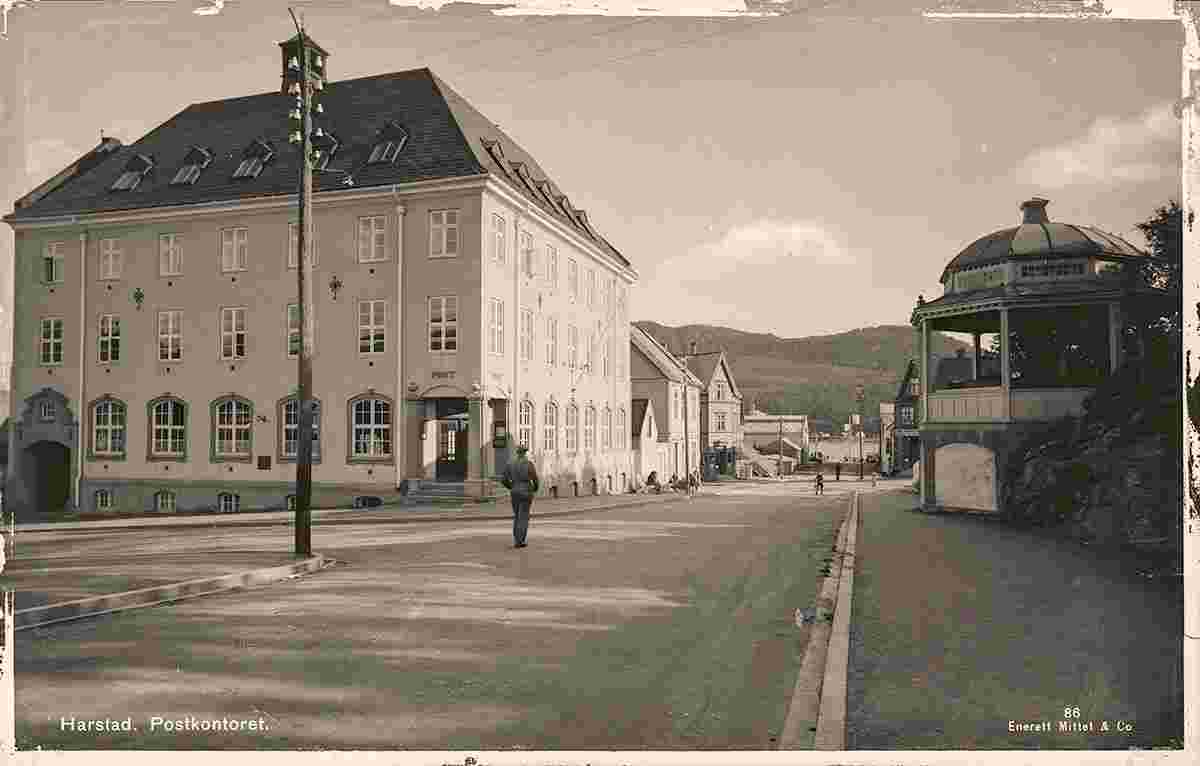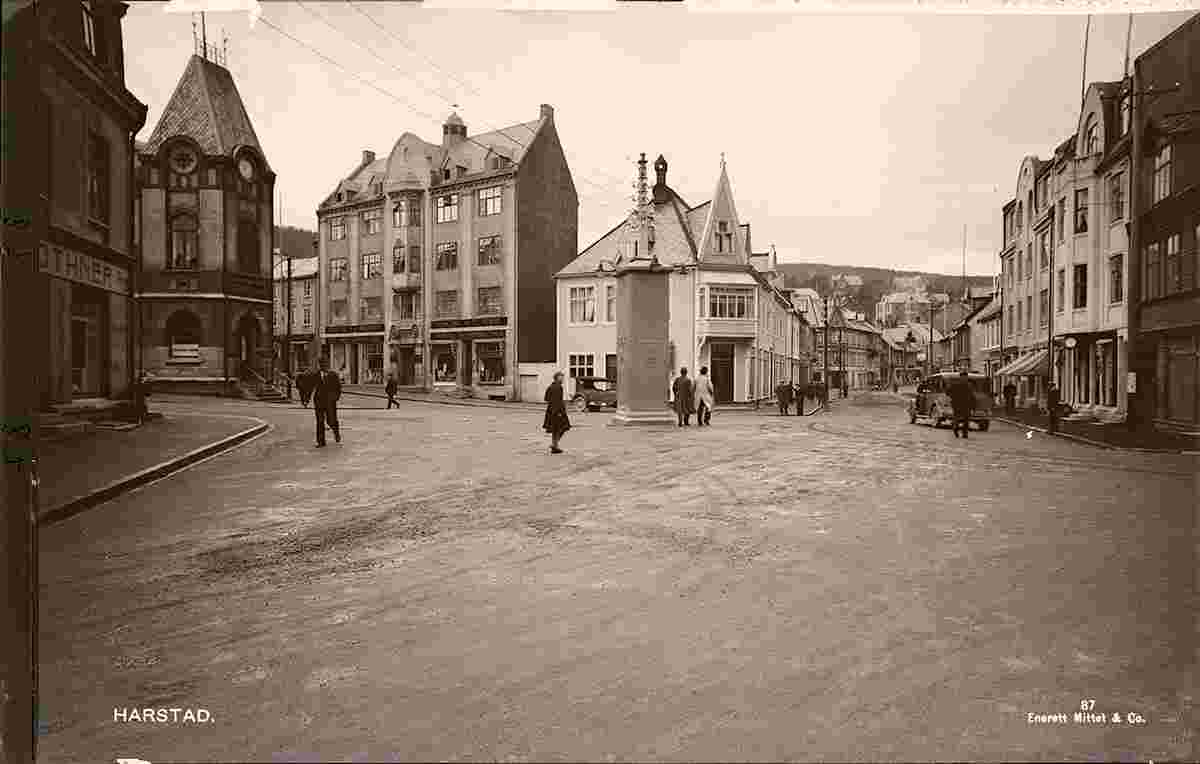Historical and old photos of Harstad, Troms and Finnmark
HistoryThe town of Harstad was established as a municipality on 1 January 1904 when it was separated from the municipality of Trondenes because it had just been declared a ladested. The initial population of the town of Harstad was 1,246. During the 1960s, there were many municipal mergers across Norway due to the work of the Schei Committee. On 1 January 1964, the town of Harstad (population: 3,808) was merged with neighboring municipalities of Sandtorg (population: 7,512) and Trondenes (population: 6,567) to form a new, larger municipality of Harstad with a population of 17,882. Prior to the merger, the town of Harstad had 3,808 residents. On 1 January 2013, the municipality of Bjarkøy (to the north) was merged with Harstad, forming a new, larger municipality of Harstad. On 1 January 2020, the municipality became part of the new Troms og Finnmark county which replaced the old Troms county. In recent years, a 3000-year-old bronze axe and a 2600-year-old bronze collar have been found at the Trondenes peninsula, just north of the city center. These, together with the burial cairns built close to the sea, are indications of a well-developed Bronze Age culture in the Harstad area. There is also substantial archeological evidence of a well-developed Iron Age culture in the area, around 200 AD. Trondenes is mentioned in the Heimskringla as a power centre in the Viking Age and a place to meet and discuss important issues (Trondarting). Trondenes Church, the world's northernmost medieval church, which dates back to the 13th–15th century, is situated just outside the town. Adjacent to the church is the Trondenes Historical Center and nearby is the Adolf Gun, an enormous land-based cannon from World War II, and the last of four cannons originally constructed by the Nazis. Harstad is one of the few towns in this part of Norway which were left largely undamaged by World War II. Origin: en.wikipedia.org | ||||||||||||
 |
Historical and old photos of Harstad, Troms and Finnmark
Historiske og gamle bilder av Harstad, Troms og Finnmark |
| Main page • Countries of Europa • Cities of Norway |
| Robinson Rd, CB 13862 Nassau, NP, The Bahamas |

